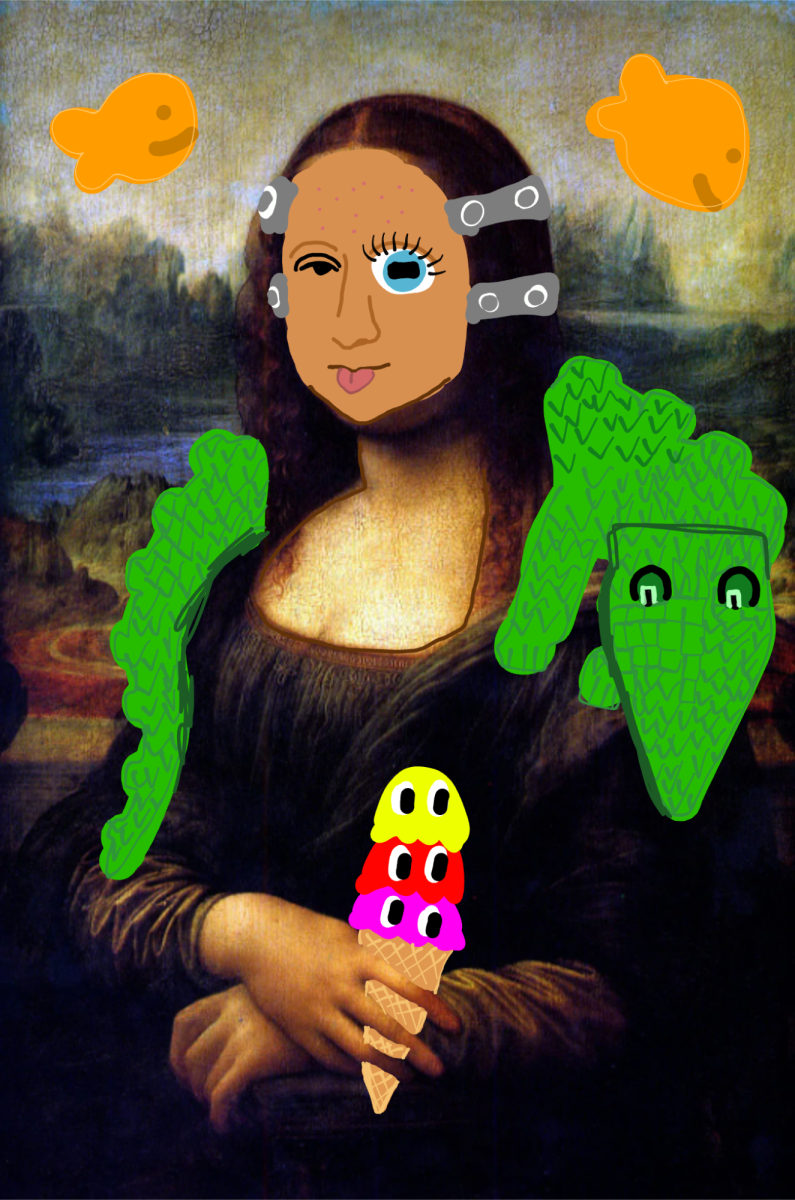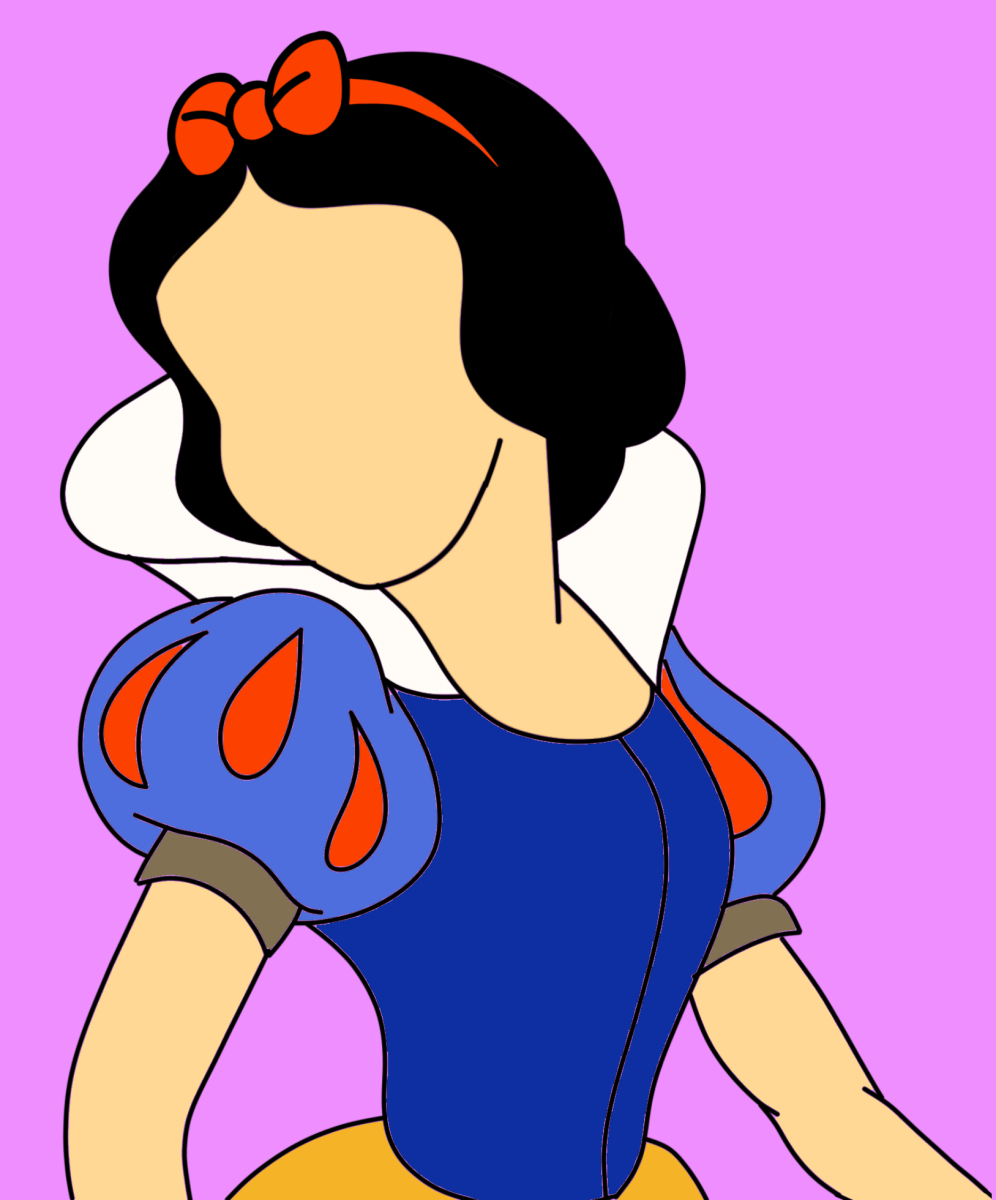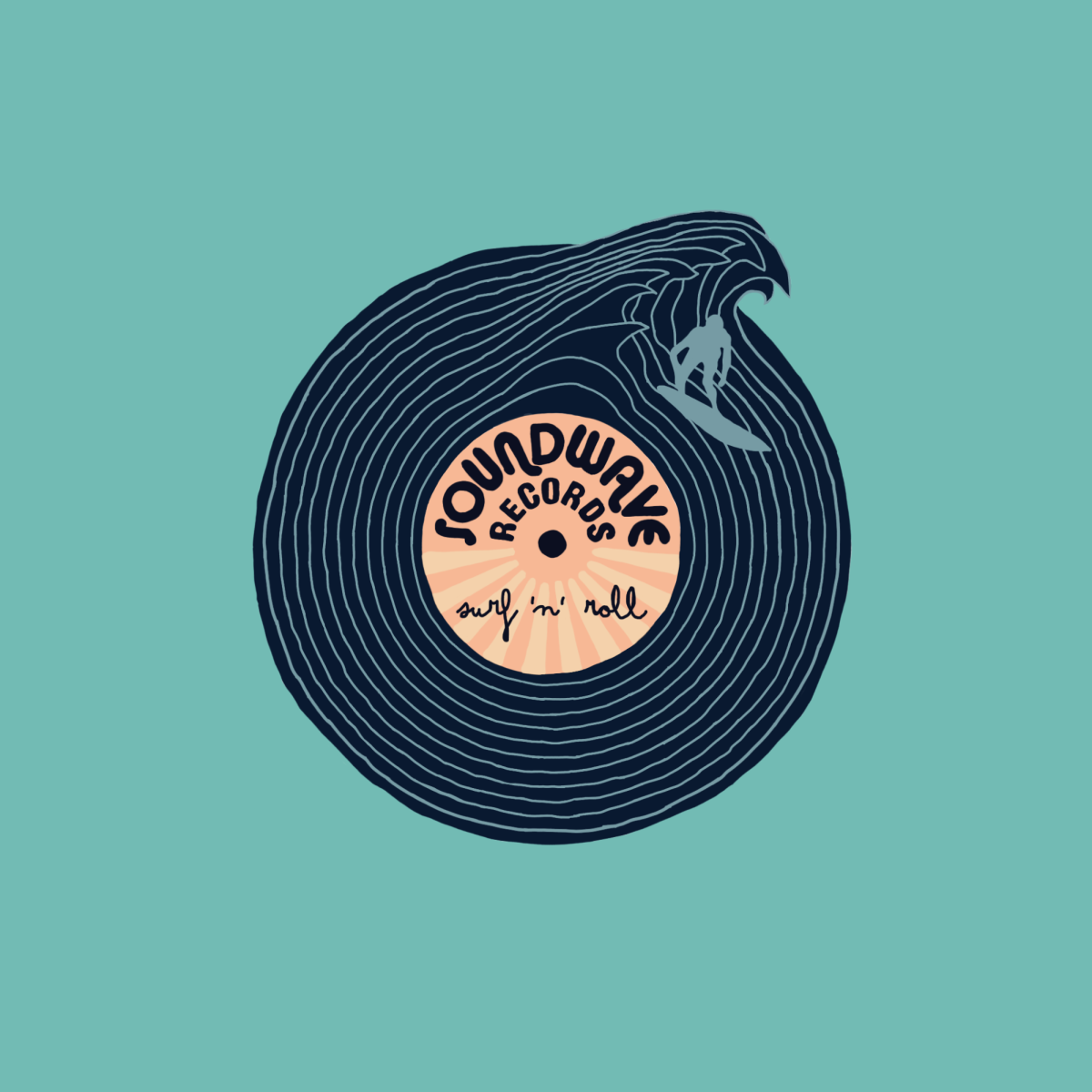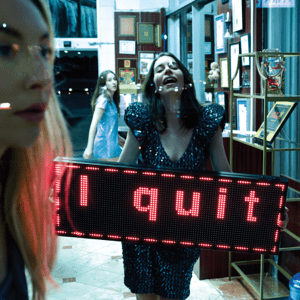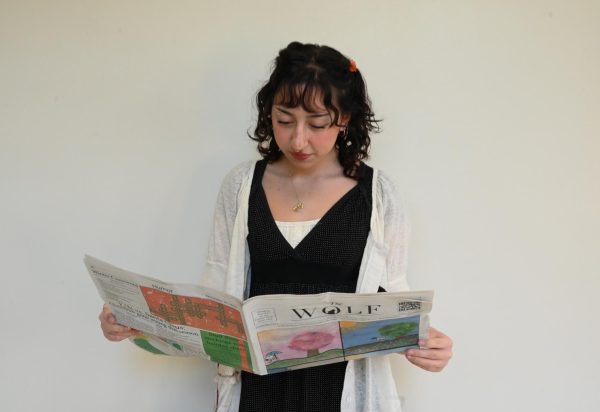In New York, a robot at Christie’s Auction Gallery paints a canvas, painting more and more with each $100 bid placed on the art piece. The robot isn’t programmed to paint a specific image, but is actually using artificial intelligence to paint elements in harmony with what is already on the canvas. This technique is called outpainting.
This is the first auction for art pieces exclusively of that nature. The auction, Augmented Intelligence, was held Thursday, Feb. 20-Wednesday, March 5 and brought in a total of $728,784. One of the paintings, REFIK ANADOL, is described as an “AI-driven data painting”; this was an attempt to determine “AI’s ability to process and reimagine vast datasets,” or see if it was possible for artificial intelligence to interpret art and visual scapes. Along with REFIK ANADOL, there were 34 other works auctioned off.
An untitled piece was rendered by artificial intelligence to reimagine the early sketches of late 1960s artist Harold Cohen, who died in 2016.
Although it is a new and interesting concept, University of Austin design major Savannah Johnson says, “I think that it shouldn’t take the space of other artists, real artists. I think that AI art should have its own place in its own time, separately. I would say that I also take advantage of AI for help with assignments, but I do feel it may threaten my ability to get a job in design when I graduate.”
Catherine Carner, Tualatin High School junior and International Baccalaureate visual arts student said, “I think it’s cool seeing how far AI has come and that it can [create art], but I think it’s more scary because it’s not supposed to detect human beauty and emotion. It’s cool that it can detect certain artistic methods and how an artist did something, but it’s not a human, so it’s weird. I think it threatens artists because artists are more likely to have fault. In art specifically, happy accidents happen It’s not necessarily a bad thing, but AI is taking a lot of jobs, and that’s scary for positions in an art field because it’s about creativity. So if AI becomes creative it can take jobs away from real people.”
Now that the art of artificial intelligence has made its way into the spaces that artists have created, and has proven to be successful in its earnings, it’s impossible to know what the world of art trading and artists will look like in the future.

